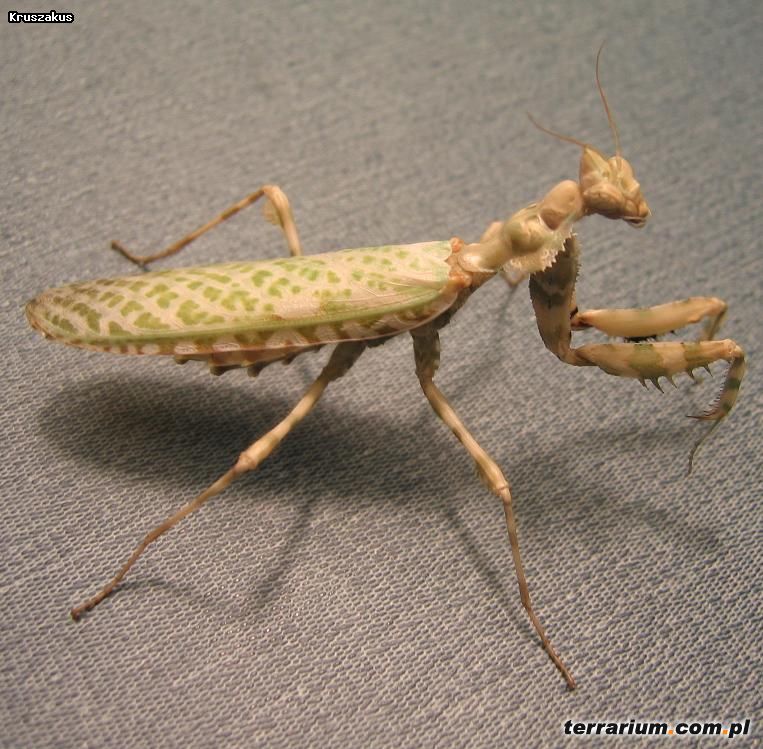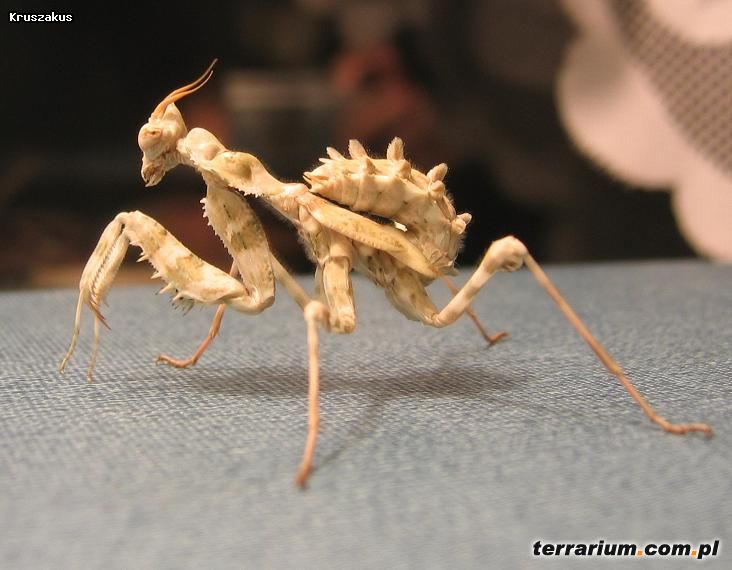Hi!
Last time when I was agruing about B. mendica final size, it turned out that different breeders had different results. Some claimed to have 7-8 cm long females, whereas mine grow up to only 5.5 cm at best! Can it be possible that are there different strains of the same species spread across the market and we don't even know it?
Here is one of my females...


By the way - can someone get rid of the redundant article "the" from the topic?
Last time when I was agruing about B. mendica final size, it turned out that different breeders had different results. Some claimed to have 7-8 cm long females, whereas mine grow up to only 5.5 cm at best! Can it be possible that are there different strains of the same species spread across the market and we don't even know it?
Here is one of my females...


By the way - can someone get rid of the redundant article "the" from the topic?
Last edited by a moderator:













































